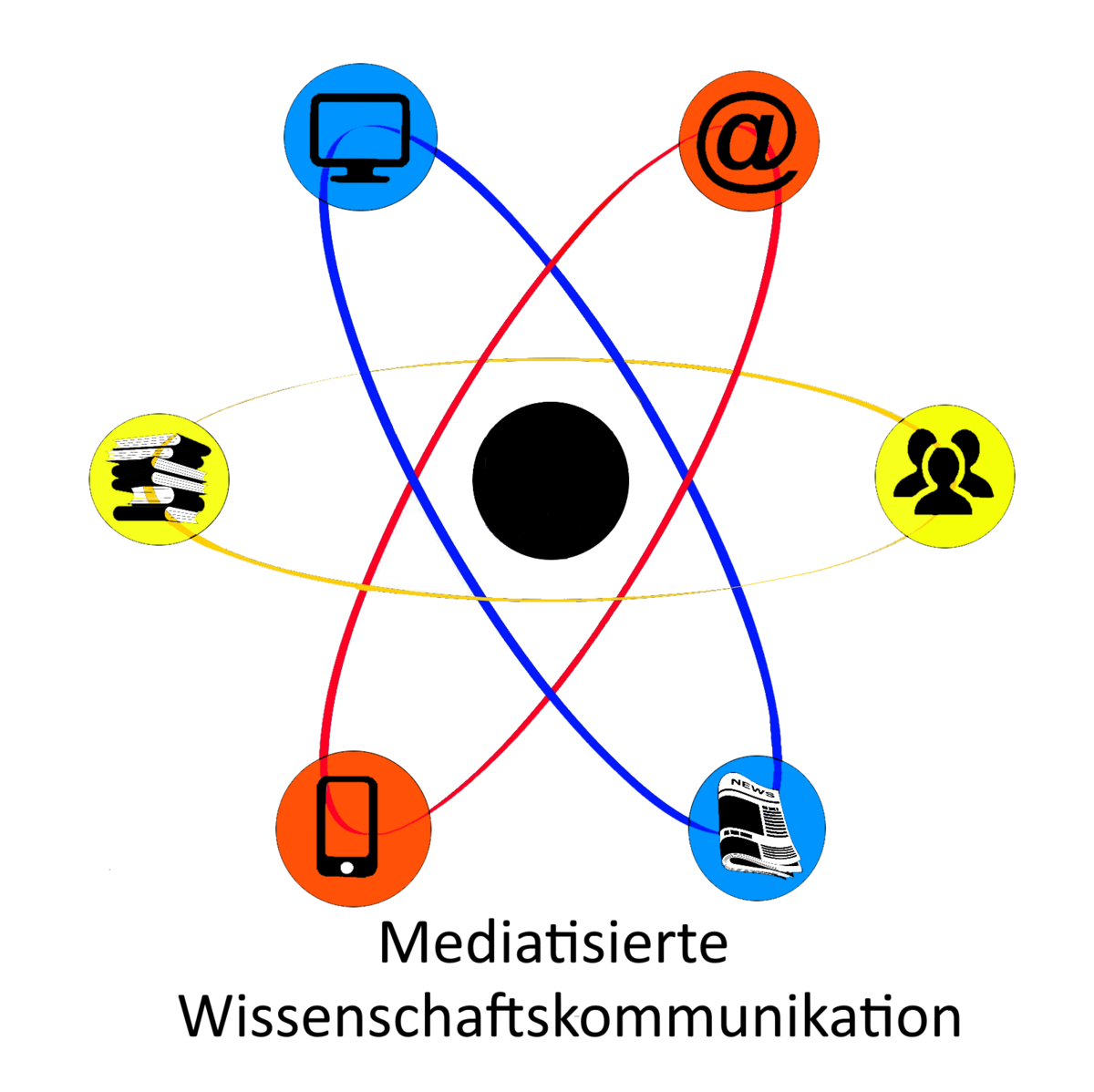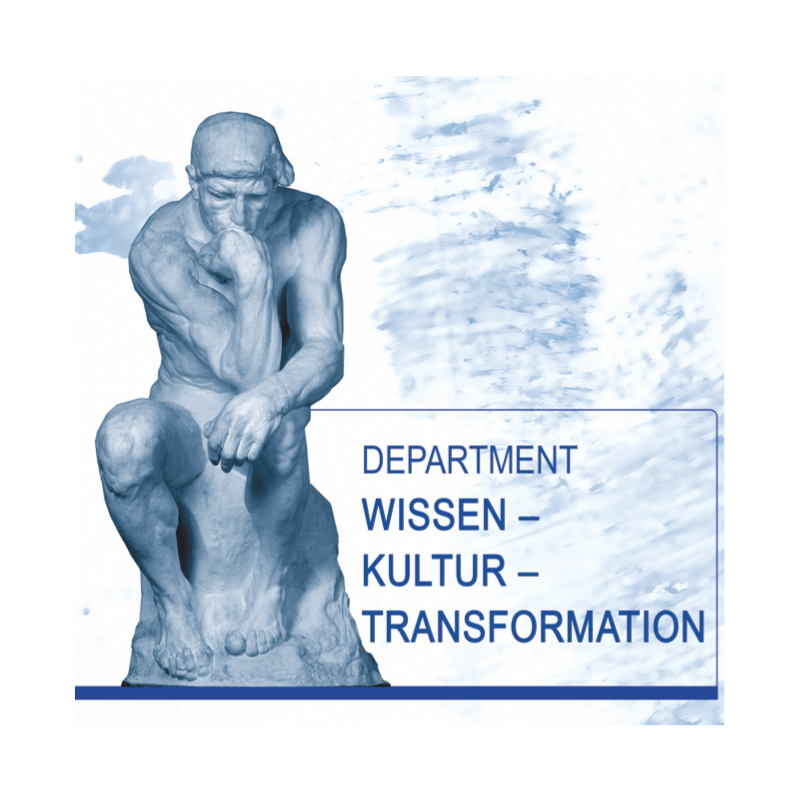Interdisciplinary Symposium at the University of Rostock 7th – 9th of June 2018
Current Challenges to Mediatized Science Communication
IAMCR-Section „Mediated Communication, Public Opinion and Society“, Department „Knowledge – Culture – Transformation“ at the Interdisciplinary Faculty of the University of Rostock Organized by: Corinna Lüthje & Franziska Thiele
Science communication is constantly in transition due to technological and social change. Scientific frameworks and requirements are shifting. Science communication reacts to aforementionend changes and adjusts. But with new communication patterns come new communicative challenges and problems. The transformation and consequent challenges affect all areas of science communication, external as well as internal, public as well as across fields and formal as well as informal communication. The aim of this interdisciplinary symposium is to discuss current challenges to science communication by entering into a dialogue with science communication researchers and colleagues of other disciplines.
Topics to be discussed at the symposium are:
1. Scholarly Communication and New Media Technology:
Mobility in media usage is increasing across disciplines in the informal scholarly communication, leading to a dissolution of hours and places of work. Social media not only offer the opportunity to connect with other scientists, but also spread information that previously could only be shared with the public via classical mass media. The emergence of open access publications presents science communication with many new challenges. Potential questions for this topic could therefore be: What media are being used for what kind of science communication? What are the problems of their use? How has scholarly communication among scientists changed? Are there any differences between disciplinary and interdisciplinary science communication and what do they look like? What impact do academic social networking sites have? Which disciplines prefer using which type of publication and why? Which advantages and disadvantages do different types of publications on- and offline present?
2. Complexity and Uncertainty in Knowledge and Risk Societies:
When communicating with the public, scientists frequently ask themselves how much reduction of complexity is necessary to present results in a comprehensible manner without oversimplifying them. The question is closely connected to the concern that journalists might describe and interpret knowledge and the process of knowledge production incorrectly. Furthermore, regarding scientific risk assessment or prognoses, scientists issue statements with a high degree of uncertainty that is difficult to communicate. How complex may science present itself? What role do different forms of external science communication play in different disciplines? How accurate can scientists assess the risks of technological innovations? How are risks communicated by scientists? Have the relationships between scientists and journalists changed? How is the external and internal perception of public communication? How much uncertainty can the communication of science with stakeholders or the public take?
3. Fake News and Science – Crisis of Credibility and Confidence:
Fake news in relation to politics are currently considered to be a pressing problem. For science, their dissemination is equally problematic. Fake news can weaken the public confidence in science and lead science into a crisis of credibility. Can science hinder the dissemination of fake news or even prevent it? Has the emergence of fake news changed the communication with stakeholders and if so, how? What forms of communication and media are used to communicate with stakeholders and what works best? How can public trust in science be increased and a crisis of credibility be prevented?
4. Participatory Science: Participatory science offers a great opportunity to improve the communication between scientists and the public. By involving non-scientific agents and including indigenous knowledge when developing innovative technologies and creating new scientific knowledge, risk perception and resistance can be decreased. At the same time, acceptance, transfer and implementation of innovations can be increased. A deeper understanding of the mechanics of science among the public can reduce insecurities and strengthen the trust in science. The understanding of scientists for processes and sensitivities outside of science can be improved as well. This is likewise the case with public scientific presentations and events. Potential questions for this topic could be: What forms of participatory science exist until today? Are there specific rules on how to involve stakeholders in scientific processes? If so: What rules should be followed when doing participatory science? What are best practice examples or recent, promising forms of participatory science? What are experiences with participatory science?



